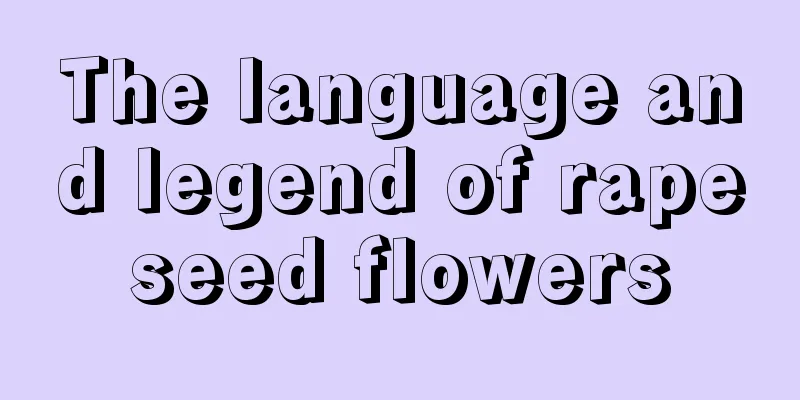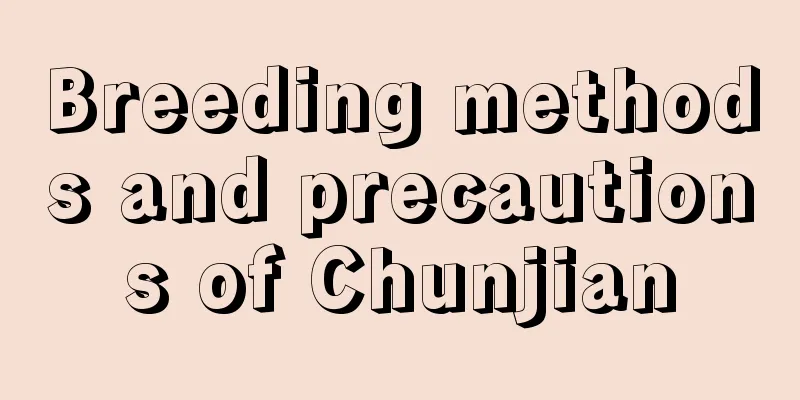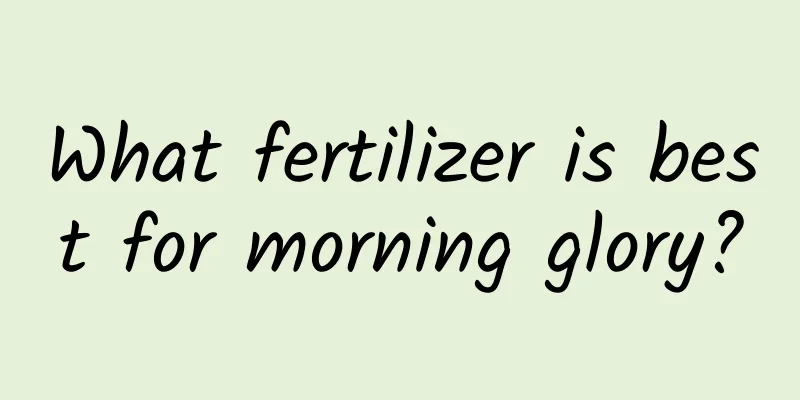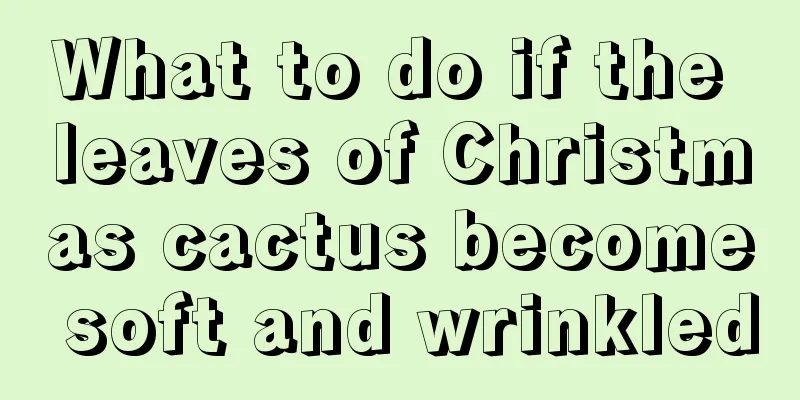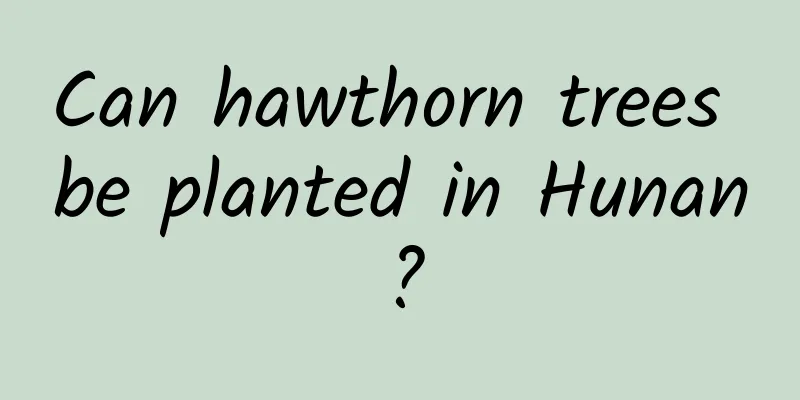These "3 kinds" of shells can be buried in the soil and become good "fertilizer" for growing flowers, making them bloom in all the pots!
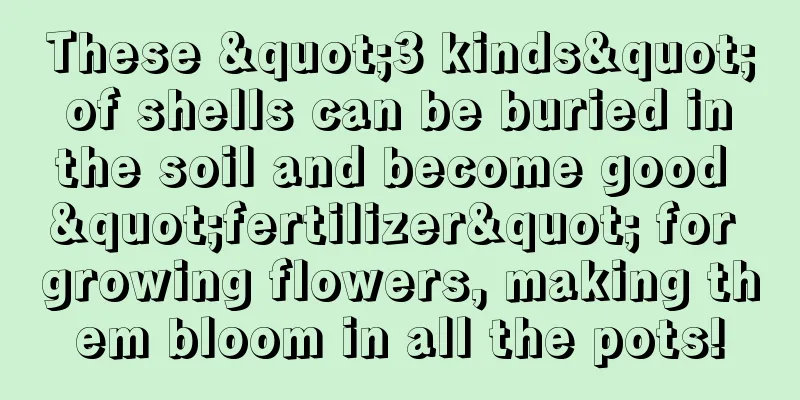
1. EggshellEggs are a must-have in every home, but we usually throw away the eggshells after eating them. In fact, this is such a waste. After all, using eggshells to grow flowers can achieve significant results. The hard texture of eggshells can help enhance soil permeability. In addition, they contain sufficient calcium, which can also provide nutrients to flower plants. When growing flowers with eggshells, we need to crush them so that the nutrients inside can be released and it will be easier to mix them with the soil. We can choose to cover the soil surface directly with eggshells, or we can mix them with the internal soil, both of which can achieve good growth results. 2. Peanut ShellsThe same goes for peanut shells. Peanuts themselves belong to the plant family, so nutrients will be easier to absorb when we use them to grow flowers. But remember to choose original peanut shells when using them to grow flowers, otherwise some seasonings absorbed from the peanut shells may affect the growth of the plants. When we use peanut shells, we also need to crush them, so that they are easier to mix with the soil and can also help the internal nutrients to precipitate. We can put peanut shells at the bottom and use them as base fertilizer, so that the soil nutrients can be enhanced. 3. Seafood shellsOur lives are better now, and we can have a big meal of fish and meat at home from time to time to improve our lives. However, if you eat seafood, don’t waste the leftover seafood shells, because seafood shells contain sufficient phosphorus, which can help flower plants grow well. No matter what kind of seafood shell it is, we clean it, expose it to the sun for sterilization, and then crush it and use it. The texture of the seafood shell is also hard. Mixing it with the soil can help the roots of the plant breathe, thereby promoting growth rate and helping flowers bloom. There are small things that can be used to grow flowers almost everywhere in our lives. As long as we use them correctly, we can get unexpected results. You can also try this little method of growing flowers with shells. It is simple to operate and the growth effect is also good! |
Recommend
How to grow hibiscus in autumn
1. Autumn maintenance is very important For hibis...
How to reproduce cherry
Seed propagation of cherry Any kind of plant cann...
Date Tree Pruning
1. Pruning time 1. Summer: Usually, pruning can b...
Water cutting method of blue snow flower
1. Water cutting method Blue snow flower can be p...
How to eat copper coin grass
1. Is it toxic? Many people say that this plant i...
Fresh onions, ginger and garlic will dry up in a few days. Here are 3 ways to keep them fresh!
onion Many friends find that the onion leaves the...
The efficacy and function of Sanguisorba officinalis
1. Stop bleeding The polyphenols contained in San...
Difference Between Pineapple and Pineapple
1. Different leaf shapes Maybe many people think ...
Why can't we plant tuberose at home? Is it unlucky to plant tuberose at home?
Tuberose is not suitable for growing at home, esp...
Give the jasmine a few cuts and add some feed, and it can bloom five waves of flowers in a year!
prune 1. Trim off the withered flowers, count 2 t...
Is cyclamen a perennial plant or a bulbous flower?
1. Is cyclamen a perennial plant? Cyclamen is a p...
Increase your luck during the holidays by putting out these 3 kinds of lucky flowers to create a joyful atmosphere!
1. Good fortune The name of the flower, "Luc...
Methods for controlling water in large cymbidium pots
The advantages of using large pots to bury and co...
Cultivation methods and precautions of Cymbidium orchid
1. Flower soil Large-flowered Cymbidium likes to ...
Can Custard Apple be grown in the south?
Can sugar apples be grown in the south? Sugar-app...
